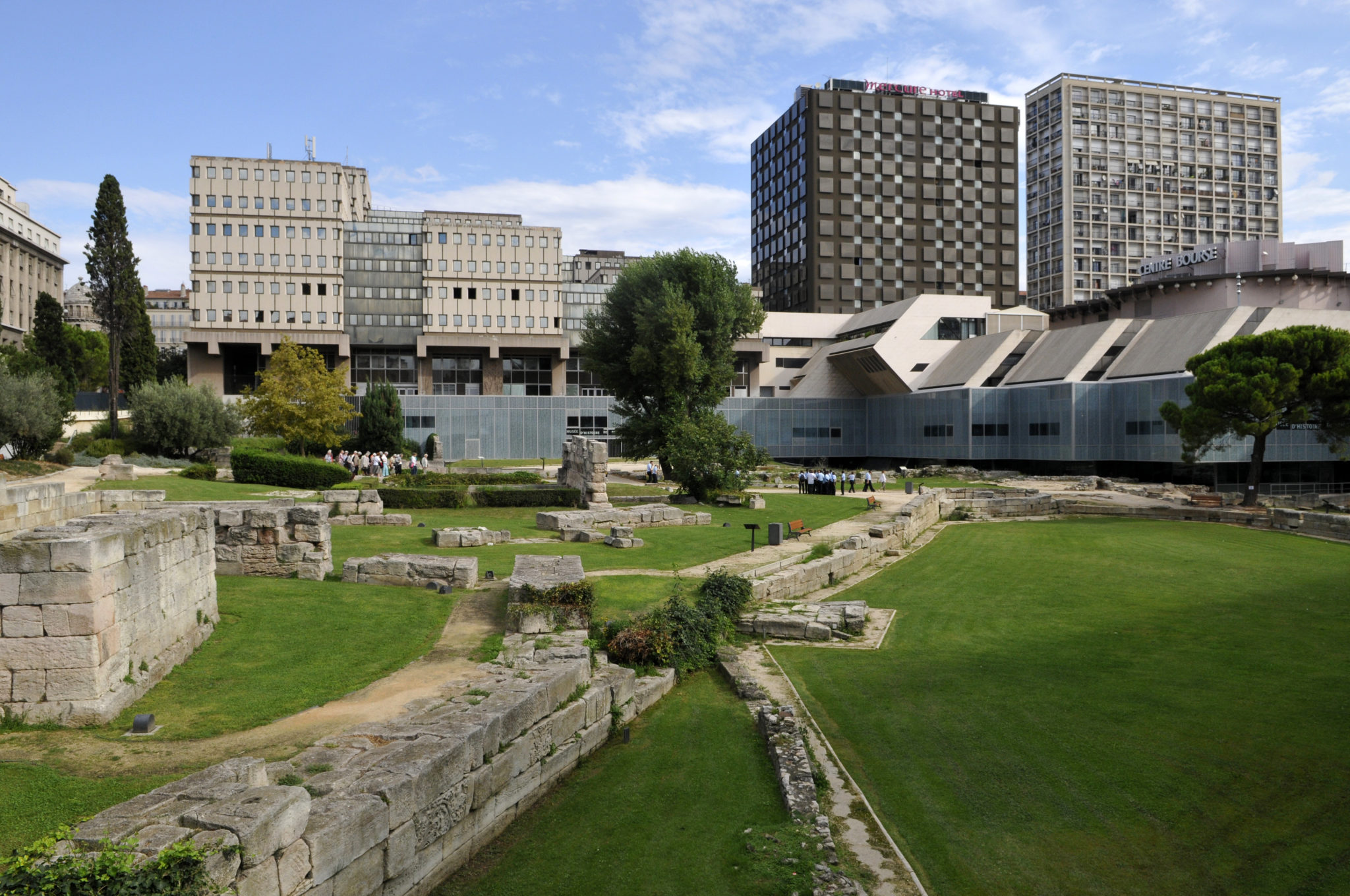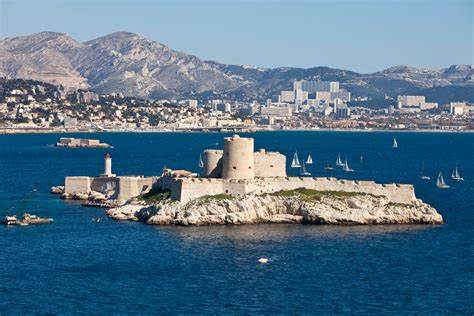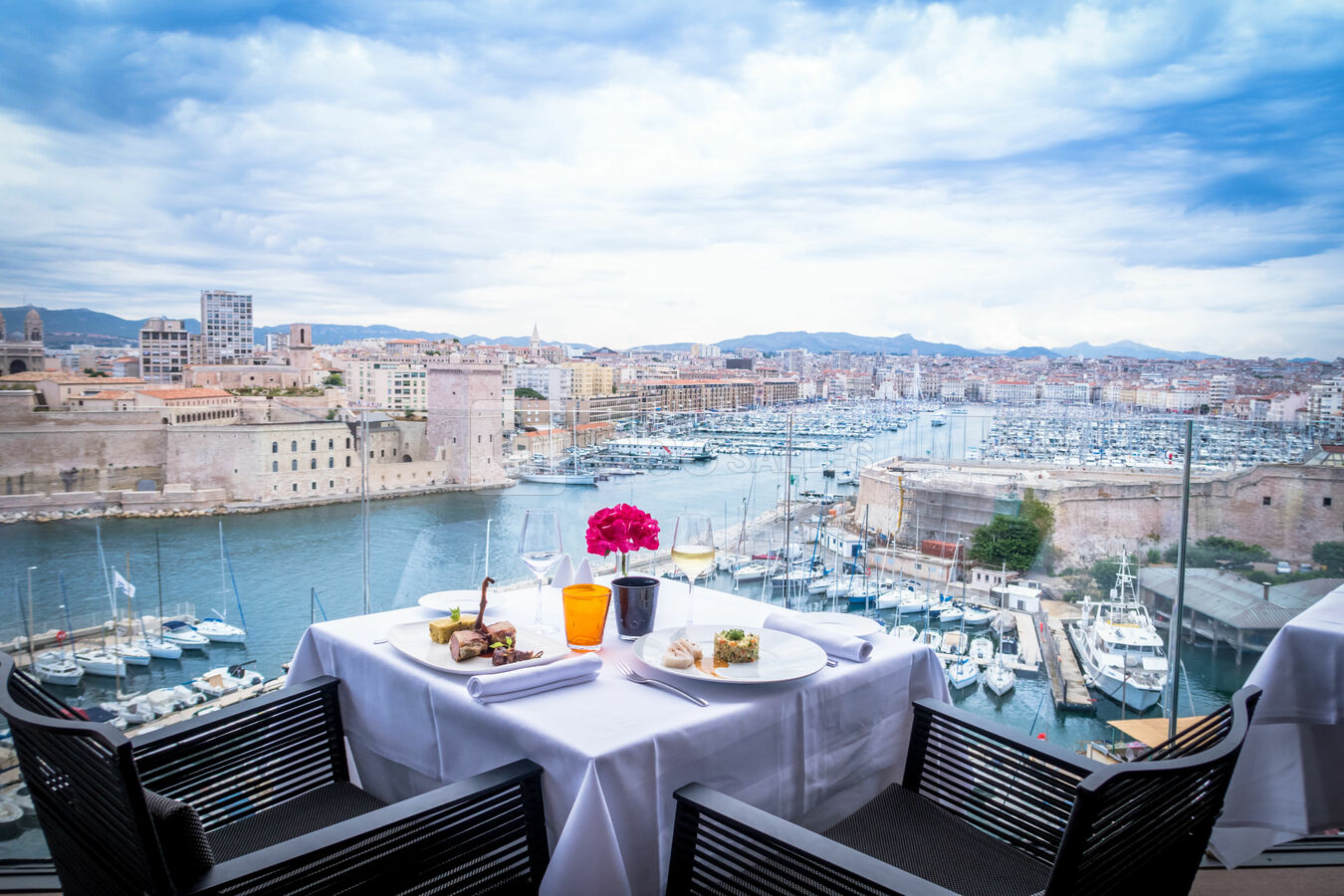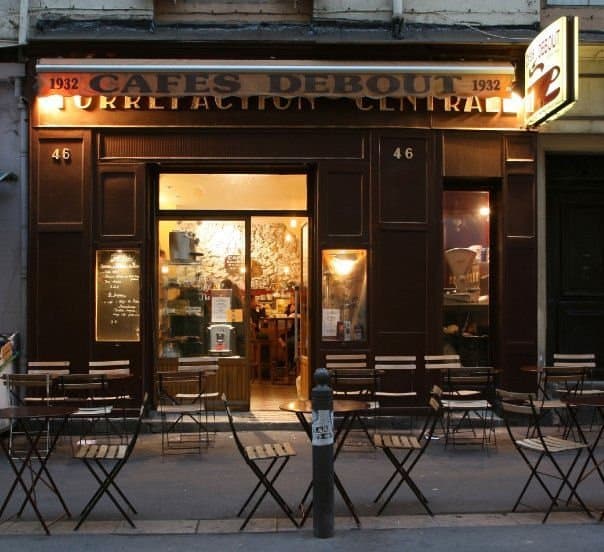Article from BTNews 11 JULY 2022
ON TOUR: Marseilles *
BTN’s Editor-at-Large, Jeff Mills, explores France’s second city and likes what he finds.
French charm and a touch of danger – Marseilles has it all.
I fell in love with Paris the first time I set eyes on it. Seen through a schoolboy’s eyes, the French capital was as exotic as it was possible for a city to be. While the familiar UK cities seemed drab and grey with little to excite the senses, Paris was colourful and vibrant with fashionable bars on every corner and tiny restaurants where it was possible to eat outstanding food for little more than the cost of a burger back home.
It seemed to have everything a city should have. The early-morning smells of fresh coffee and newly-baked baguettes, chic people and beautiful wide boulevards on which they would promenade. If only it had boasted a beach it would have been one of the best places on earth.
Small wonder then that I was over the moon with France’s second city the moment I set eyes on it years later. Marseilles may be a lot smaller than its big sister to the north but it has pretty well as much to offer as the French capital but on a more manageable level – it also has the wonderful bonus of being right on the Mediterranean. Long before I arrived I had heard all about the down side of Marseilles, of course. It still has a bit of an image as the crime capital of the south of France; it’s a dirty industrial city far removed from the glitz and glamour of its near neighbour, the Côte d’Azur, and a place best avoided unless you have to visit, perhaps on business.
Long before I arrived I had heard all about the down side of Marseilles, of course. It still has a bit of an image as the crime capital of the south of France; it’s a dirty industrial city far removed from the glitz and glamour of its near neighbour, the Côte d’Azur, and a place best avoided unless you have to visit, perhaps on business.
This may be the popular image of France’s oldest metropolis and the country’s biggest port, including its cruise port, but it is one which is unlikely to be shared by anyone who has been there recently and who has got to know the city well. If you love large cities, as I do, you will feel right at home.
I do admit to feeling just a touch nervous as I ventured to the old town in search of a restaurant for a late lunch, there is, after all, almost certainly some significant crime in this area. But what else would you expect in a port city with a population of close on a million people and an enviable position as one of the gateways to the Mediterranean islands and North Africa? Parts of it are dirty, but there are few big European cities which are not, and there is plenty of industry, particularly on the outskirts.
 But what Marseilles lacks in cleanliness and righteousness and what it has to put up with in the form of the sheer ugliness of some of its suburban areas it more than makes up for with Gallic charm and emotion.
But what Marseilles lacks in cleanliness and righteousness and what it has to put up with in the form of the sheer ugliness of some of its suburban areas it more than makes up for with Gallic charm and emotion.
Sitting on a terrace with a drink and watching the dramas being played out in the street, I have no trouble at all understanding the spirit of the 600 Marseilles citizens who marched to Paris in 1792 to join in the French Revolution.
As they marched they sang their new “Hymn of the Army of the Rhine” composed by Rouget de L’Isle, which went on to become France’s national anthem, La Marseillaise.
The city prospered throughout the 18th Century as much of its industrial infrastructure was developed on the back of France’s colonialism of the period. The opening of the Suez Canal gave the city a huge boost, too, as its population built their fortunes, mainly out of processing raw materials from all corners of the globe, delivered to their door through the port.
You will find few of the tourist facilities which grace the landscape of Côte d’Azur towns but I had not come here to watch the beautiful people topping up their suntans. If you want such spectacles head instead to such resorts as Cannes, St Tropez and Antibes.  Marseilles has much more in common with the French capital about 500 miles to the north than it does with the playgrounds of the rich and famous which are its near neighbours to the east.
Marseilles has much more in common with the French capital about 500 miles to the north than it does with the playgrounds of the rich and famous which are its near neighbours to the east.
Like Paris, Marseilles is divided into arrondissements, 16 of them, which run from the Vieux Port, or Old Port, the real focal point and considered by many to be the centre of most activity and a wonderful area from which to feel the pulse of this cosmopolitan city.
It is the Old Port and the area known locally as Place Thiars which makes for the perfect place to start your sightseeing. Here you can still see the 17th Century bastions which guard the city, Fort St Nicholas, a French Foreign Legion base, to the south and Fort St Jean to the north, now used in a far less glamorous way as offices.
This is also the place to come looking at dinner time for some of the best, and cheapest, restaurants in the whole of France. Choose almost any of them, order a bowl of bouillabaisse (a kind of fish stew), the best to be found anywhere, and you will be in culinary heaven.  Talking of food, there are plenty of foreign options, too, as you may expect in a city with as diverse an ethnic mix as Marseilles. You may not fancy another of the city’s specialities, pieds et pacquets, which is made with lamb or mutton belly and the beast’s trotters, but couscous and other such dishes introduced by the large Algerian community are certainly worth sampling.
Talking of food, there are plenty of foreign options, too, as you may expect in a city with as diverse an ethnic mix as Marseilles. You may not fancy another of the city’s specialities, pieds et pacquets, which is made with lamb or mutton belly and the beast’s trotters, but couscous and other such dishes introduced by the large Algerian community are certainly worth sampling.
If you can still move after all that good food, or perhaps the following day continuing the sightseeing with the Basilique St-Victor by the old port, the city’s oldest church, which looks more like a fortress than a place of worship. It is named after St Victor, apparently a Roman soldier who was slowly ground to death between two millstones, though quite why is the subject of debate.
Staying with the macabre theme, the Château d’If, the sombre island fortress which featured in Alexandre Dumas’ ‘The Count of Monte Cristo’, is worth a visit. Legend has it that no prisoners ever escaped from the jail, most went insane or died (often both) before the end of their sentences. Boats leave from the Quai des Belges every two hours and, you may be relieved to hear, will bring you back, too.
On a slightly brighter note you can visit the Musée des Docks Romains on Place Vivaux, which features a number of Roman artefacts, including vast food storage jars, or head for the Musée d’Histoire de Marseilles, where exhibits include a third century wreck of a Roman trading ship.
The Vieux Port is also the place to seek out a room for a few days – and you are unlikely to find the house full signs up even in the height of summer. Unlike in the coast’s resort towns, where your chances of finding a decent hotel room in high season are about the same as winning the lottery four weeks in a row, in Marseilles you will find the hotels will be ready to welcome you at almost any time of year.
One of the better choices if you prefer modern comfort and a view of the harbour to the dubious charms of some of the city’s less fragrant hostelries is the Sofitel Marseilles Vieux-Port, a modern 5-star deluxe hotel not only close to the beaches and a number of historical sites but also within easy walking distance of the city centre.
With 134 rooms and suites, it is not big by international standards and it may lack some of the charm of older hotels tucked away in the back streets of Marseilles but if you want nothing more than efficiency and cleanliness with decent food, air conditioning which works well (Marseilles can get very hot), a stunning view and a good chance of finding a taxi outside when you want one, then the Sofitel is as good a choice as any.
Fact file
You can fly from the UK to Marseilles with a number of airlines including British Airways, easyJet and Ryanair. You could also travel by Eurostar and TGV. The journey from London, changing trains at either Lille or Paris, takes about seven hours.
www.marseilles-tourism.com/en
www.sofitel-marseilles-vieuxport.com
OUR READERS' FINEST WORDS (All times and dates are GMT)
All comments are filtered to exclude any excesses but the Editor does not have to agree with what is being said. 100 words maximum
Tony Tyler,
No mention of MUCEM, Jeff?
